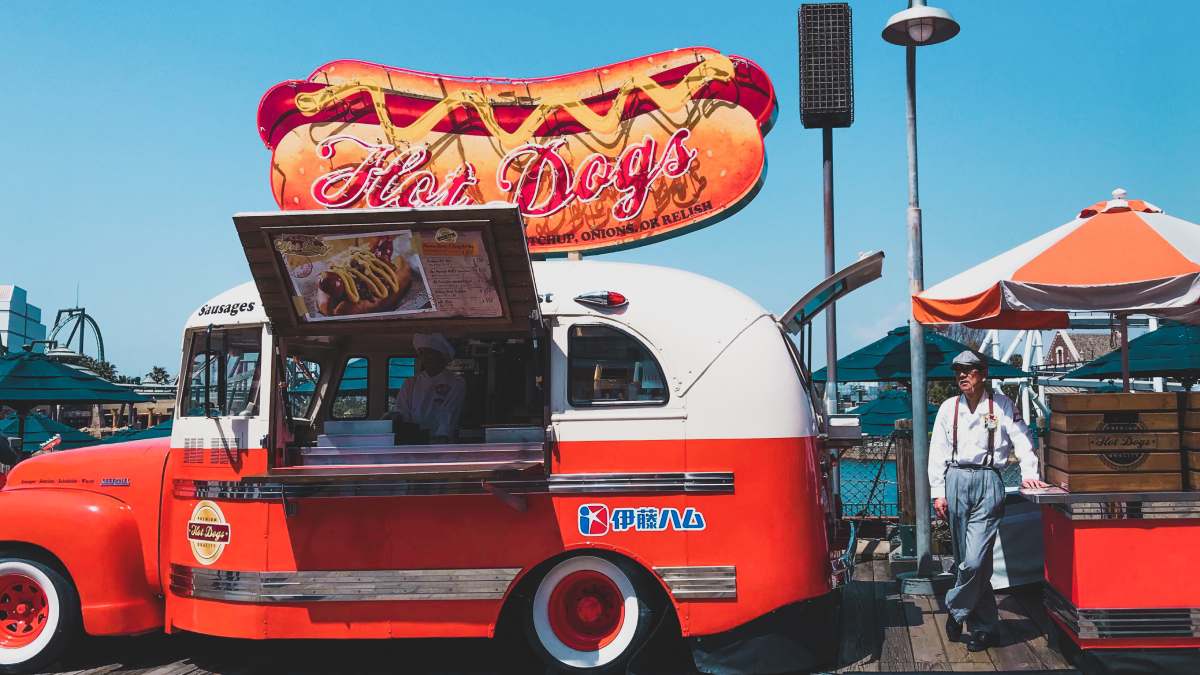Click here to read the Spanish version.
Although nowadays the term food truck is an indispensable element in the gourmet section of any self-respecting festival, pop up, fair or open-air market – acting as a food stall, but with a cool look -, the origin of these “food trucks” is in the mobile and itinerant kitchens that have been serving food from one place to another throughout history. Modern food trucks were born as such during the 20th century but, to better understand the concept, we have to go back a few thousand years, specifically to Ancient Rome. So let’s get into truck mode to take a tour of the evolution of these kitchens on wheels that are here to stay.
Roman carts, the forerunners
Many of the things we consider modern today are inspired by practices or customs from prehistoric or ancient times. As far as food trucks are concerned, many historians consider the food carts that populated the streets of the Roman Empire to be the starting point of what we know today as mobile street food.
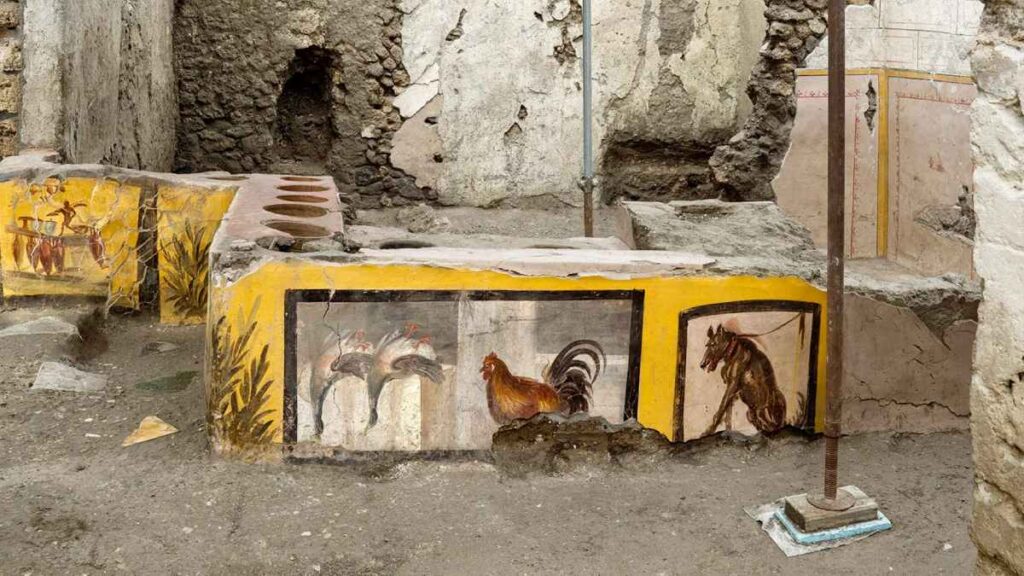
In Ancient Rome there were already thermopolies, which were small shops where different types of ready-to-eat food were sold, what we would call fast food today to get an idea. Due to the active lifestyle they led at that time, these carts became popular especially among the lower class, because of their affordable prices. In fact, a few years ago archaeologists unearthed an ancient Roman cart in Pompeii, which sold foods such as duck, chicken and pork.
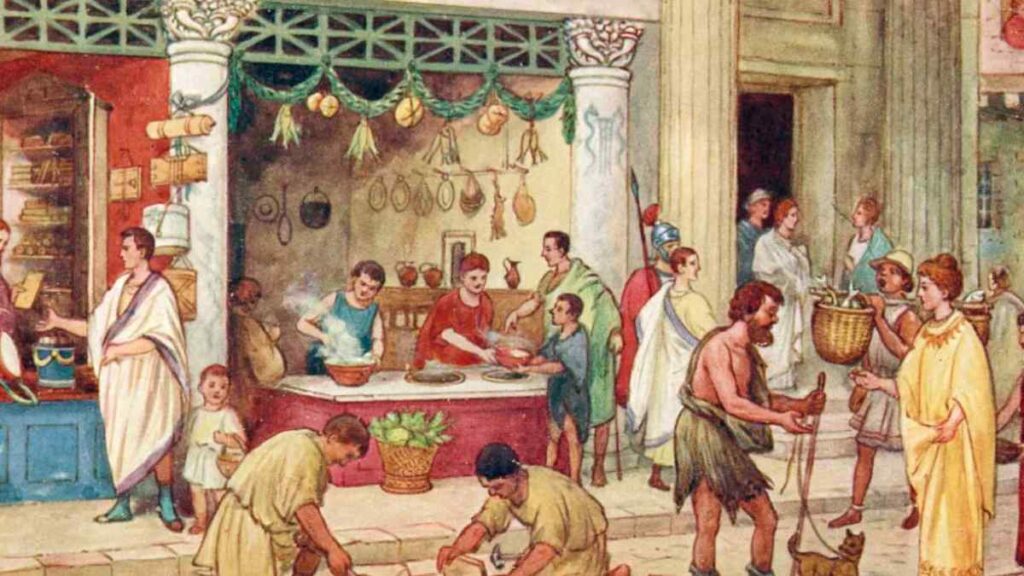
The practice of street vending at markets and other events continued throughout history with fixed or mobile stalls, both for food and other types of utensils and products.
And the chuckwagon arrived
Another milestone in the evolution of the history of food trucks dates back to 1866 and is attributed to Charles Goodnight. This Texas cattle rancher decided to purchase a wagon to transport cattle to Colorado. In order to carry supplies during the trip, Charles customized the vehicle by converting it into a kind of mobile kitchen known as a chuckwagon.
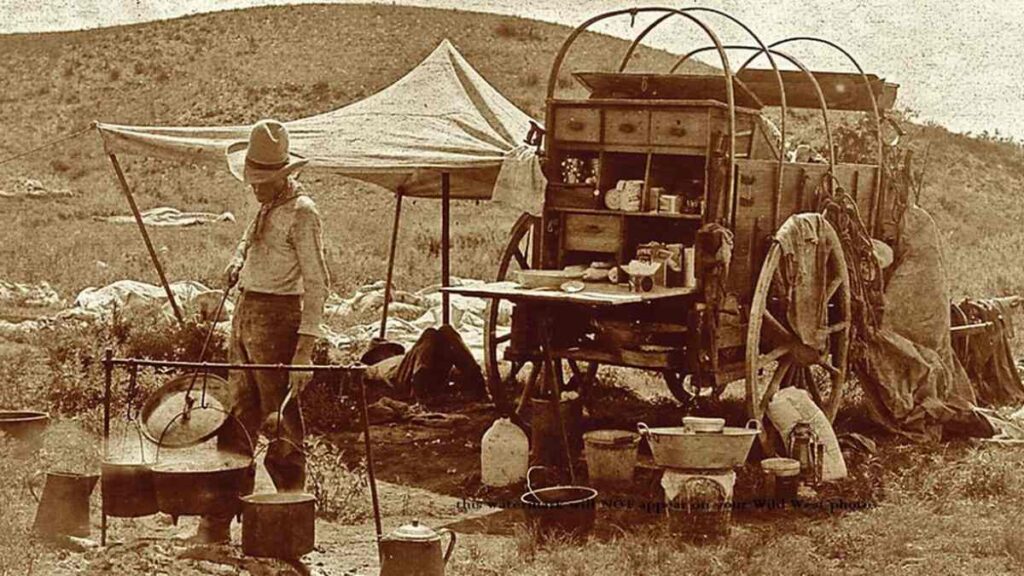
The design became popular and many saw it as a business to transport and sell perishable foods and hot food in cowboy areas, which were often difficult to access. The chuckwagon evolved and eventually made its way to urban regions using a variety of vehicles: from traditional wagons to old abandoned streetcars.
At the turn of the 20th century, another of the most popular foods in the mobile kitchen culture came into play: ice cream. At the St. Louis World’s Fair held in 1904, the food took center stage with the appearance of innovative products. One of them, the one that caused the greatest furor during the fair, was considered to be the first ice cream cone. Its boom also coincided with the establishment of the well-known Prohibition Law in the United States, from 1920 to 1933. During these years, ice cream consumption increased by 40%.
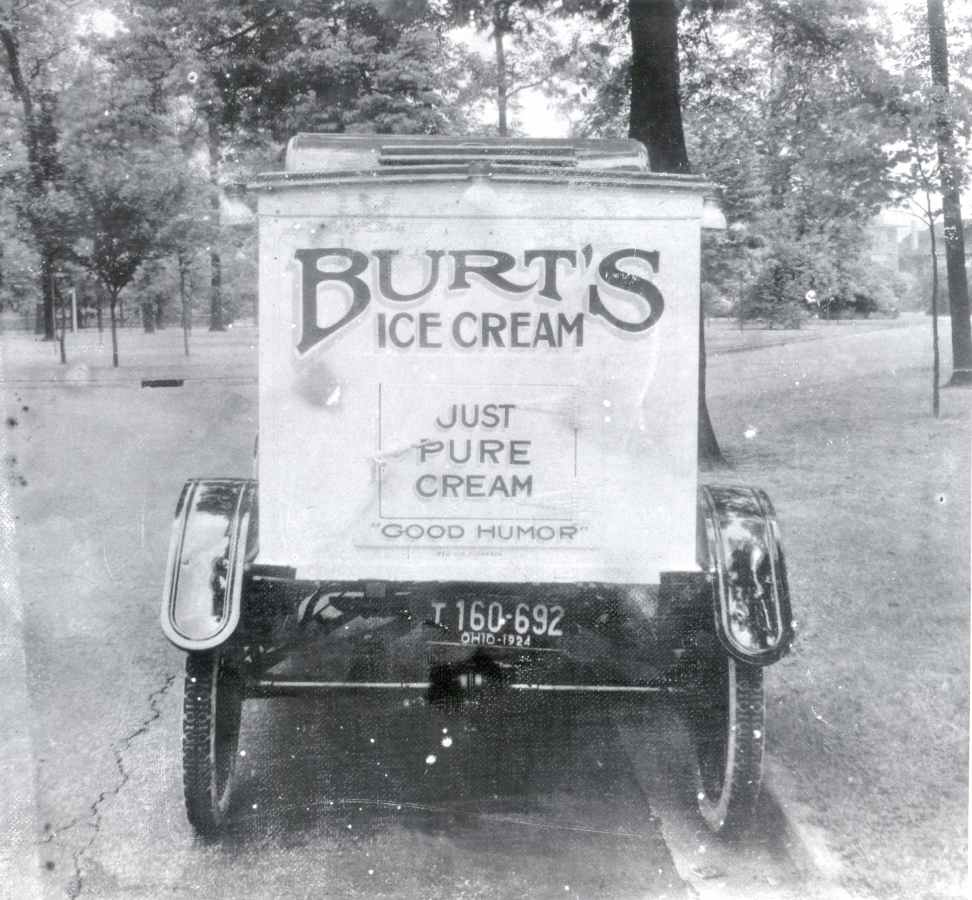
Ice cream carts began to populate the streets, becoming the best alternative to alcohol. In addition, that decade also saw a breakthrough in terms of refrigeration, with the iconic ice cream carts increasingly giving way to trucks equipped to transport ice cream in good condition. One of the first is attributed to Harry Burt, creator of Good Humor, one of the most famous ice cream companies in the United States, which is still in existence today.
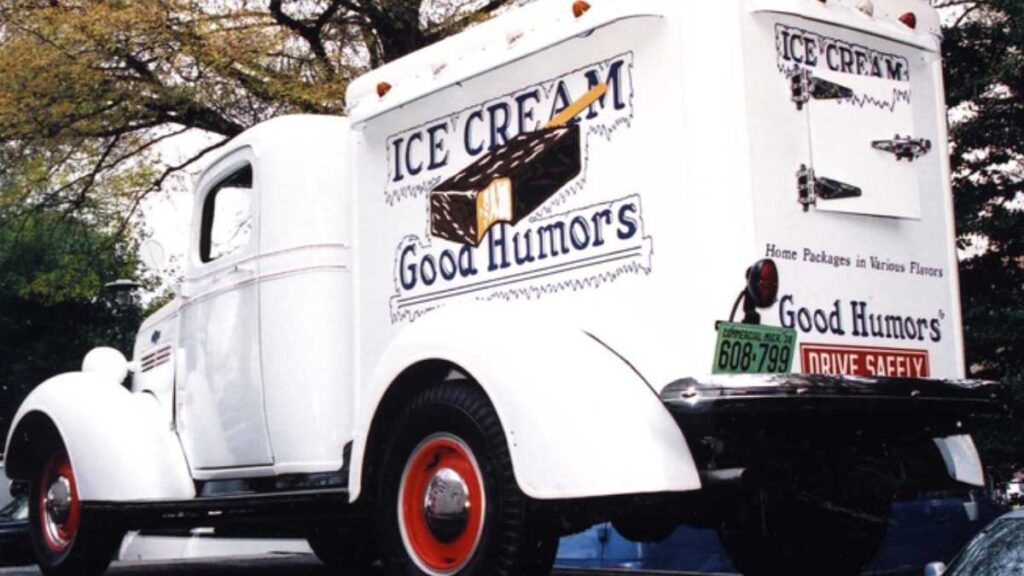
Oscar Mayer’s sausage car
And although food carts – not just ice cream – were already very popular in American cities, it wasn’t until the arrival of the legendary Wienermobile that the era of the modern food truck began.
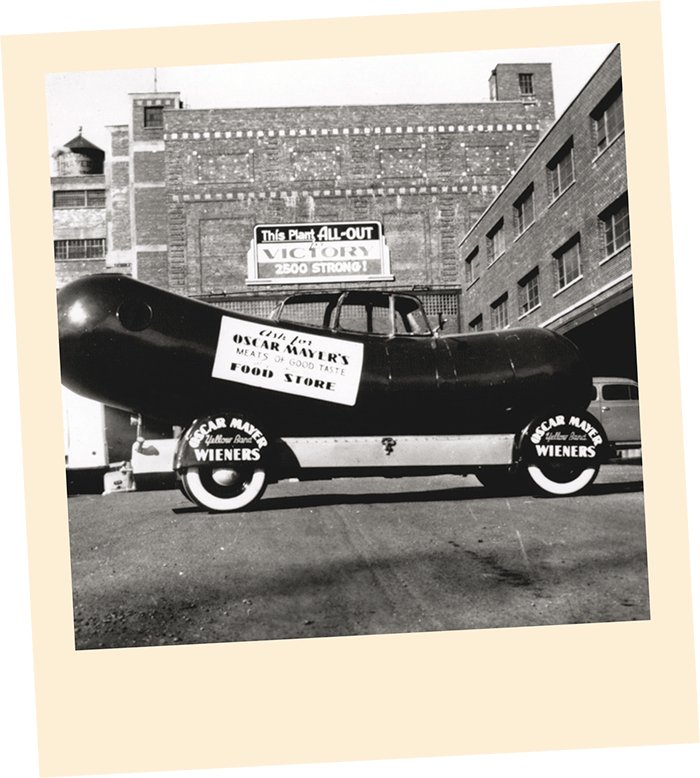
In 1936, in the midst of the Great Depression, Oscar Mayer came up with a masterful marketing maneuver. He built a vehicle in the shape of a sausage that traveled the streets of the United States to promote the brand’s products and raise the spirits of the population by selling its hot dogs. The Wienermobile became a symbol and paved the way for a multitude of mobile vehicles that began to market other types of food, generally fast food such as hamburgers, donuts or tacos.
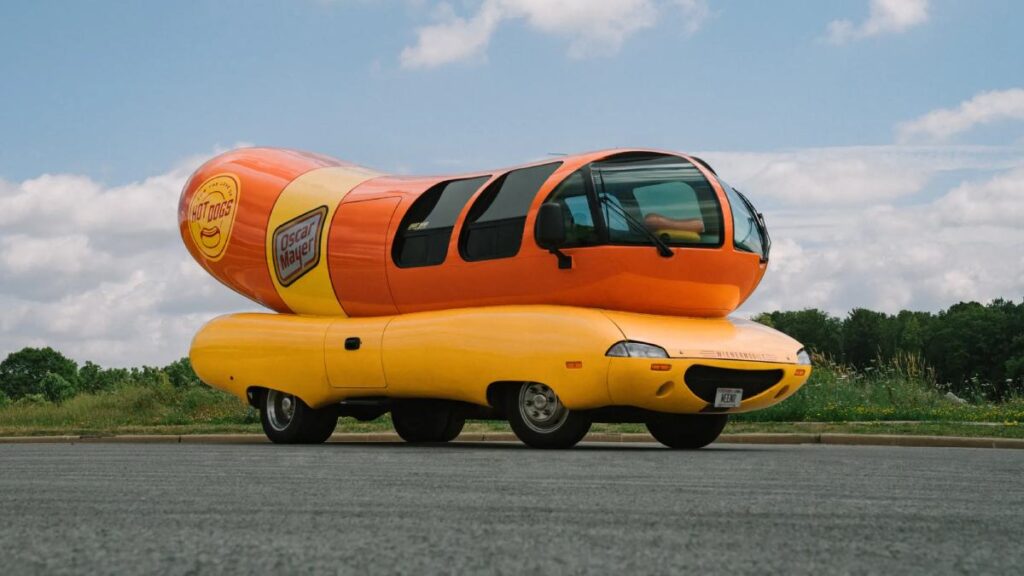
From then on, the street food boom began. Many saw a great business opportunity and created authentic gastronomic empires. One example was the business vision that Raúl Martínez and his wife had when they bought an old ice cream truck and turned it into the first taco truck. It was in the summer of 1974. The couple parked their van near a Los Angeles bar and started selling their delicious tacos for half a dollar. Six months later, they were opening their first location in the city, called King Taco, and also expanded their fleet of mobile trucks around the city. Today, it is one of the most important taco chains in the United States, present in 22 different cities.
This concept of mobile food gradually took hold, especially in specific contexts such as universities, fairs and areas where street food, more affordable than fixed restaurants, caused a sensation.
The definitive buck in the midst of the 2008 crisis
But if there is another historic moment in which food trucks took off and settled definitively in the street food culture, it was in the wake of the economic crisis of 2008. There were several factors that boosted that boom, including the great global recession that was being experienced and that hit hard on sectors such as medium and large restaurants. The purchasing power of a large part of the population was undermined and people resorted more to cheap eateries, including mobile food trucks with food of all kinds.
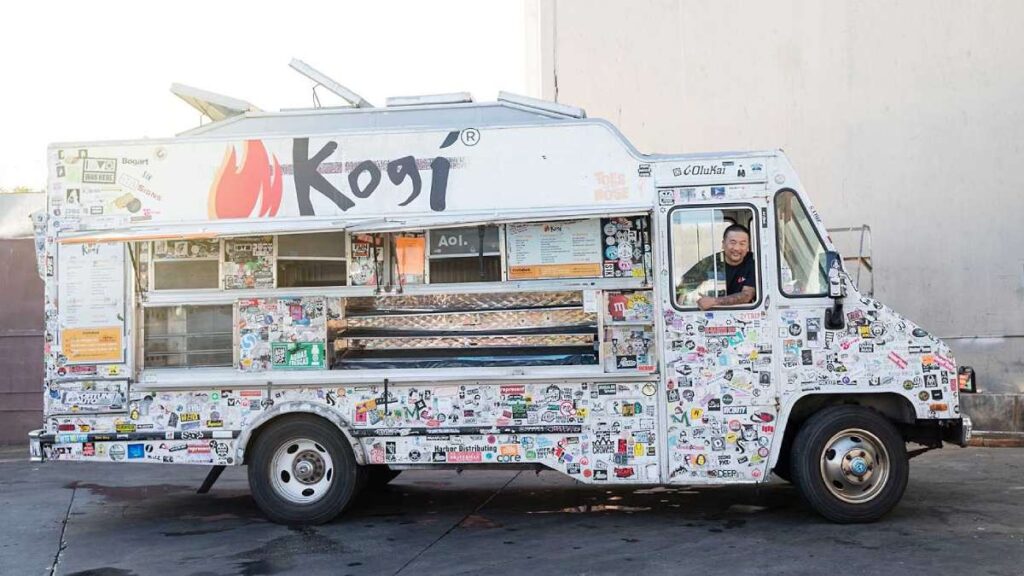
One of those who gave the biggest blow on the table was Roy Choi in 2008 who, with his Kogi Korean BBQ truck (a proposal that fused Mexican and Korean food), began touring the streets of Los Angeles in a humble way and without much success. But he saw the power of social networks and new marketing tools and, after parking in different Hollywood nightclubs and going viral on Twitter, he achieved a huge success, reopening the way for other food truck businesses.
The rest is a bit of history. Mobile cooking vehicles began to spread all over the world, arriving of course also in Spain and revolutionizing street food. In fact, many great chefs have also seen an opportunity to bring their haute cuisine to the general public, such as Dabiz Muñoz and his famous GoXO food truck, which is regularly set up in different Spanish cities.

